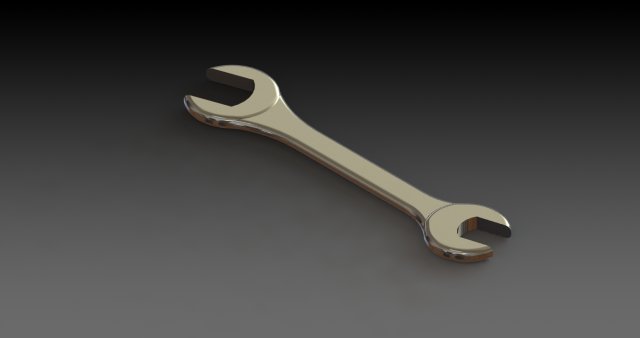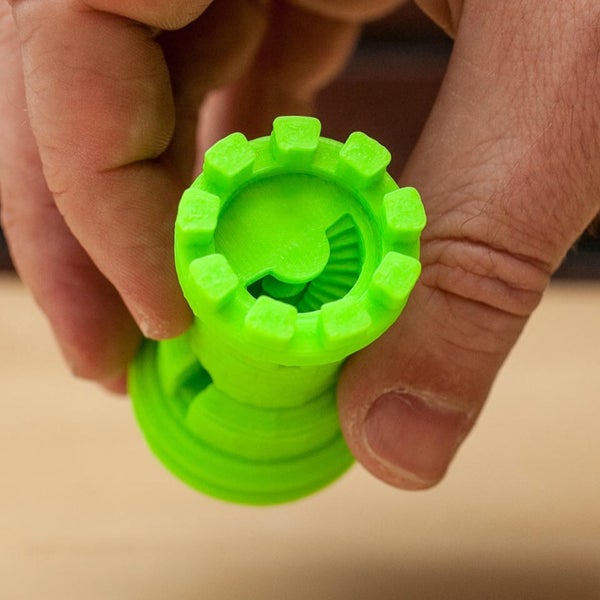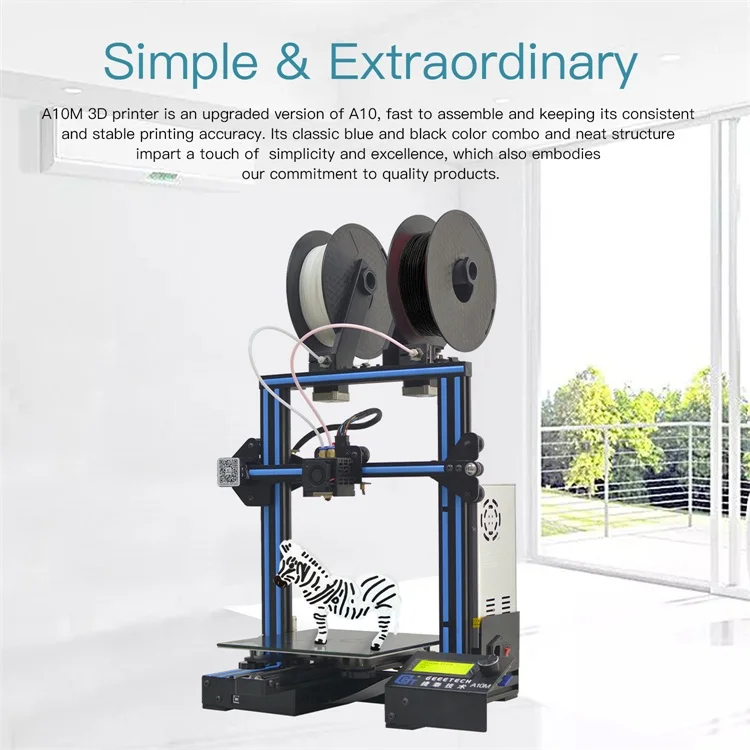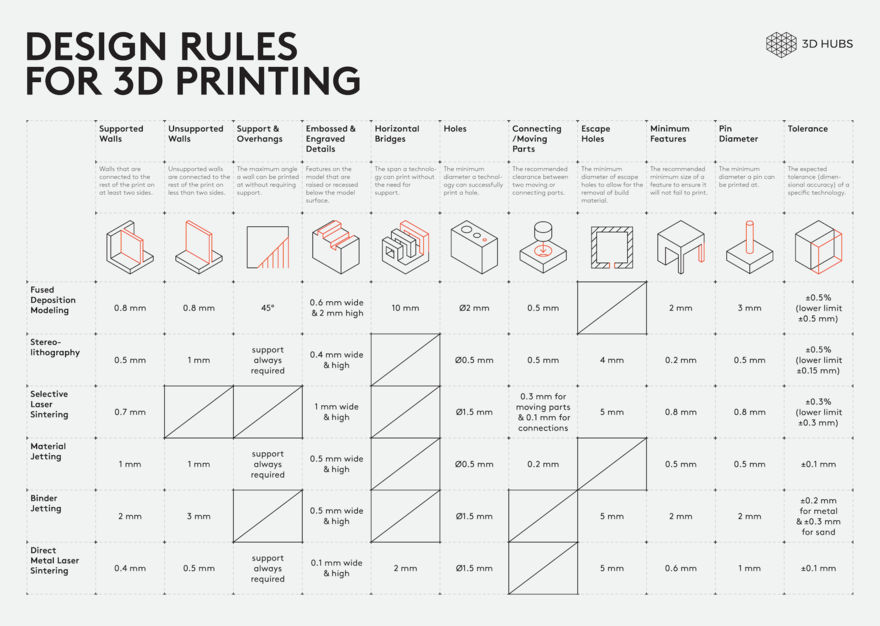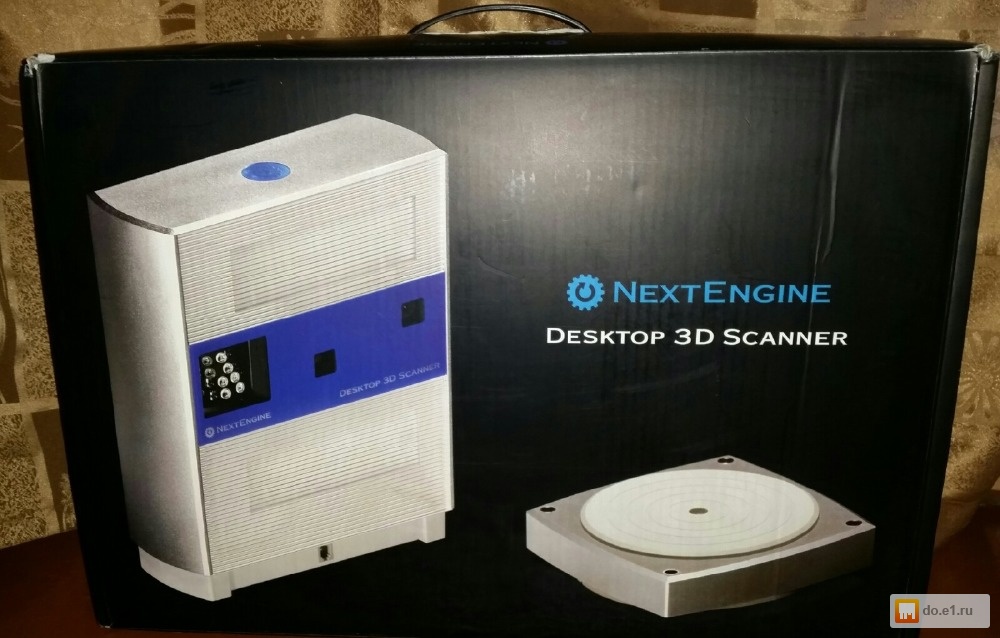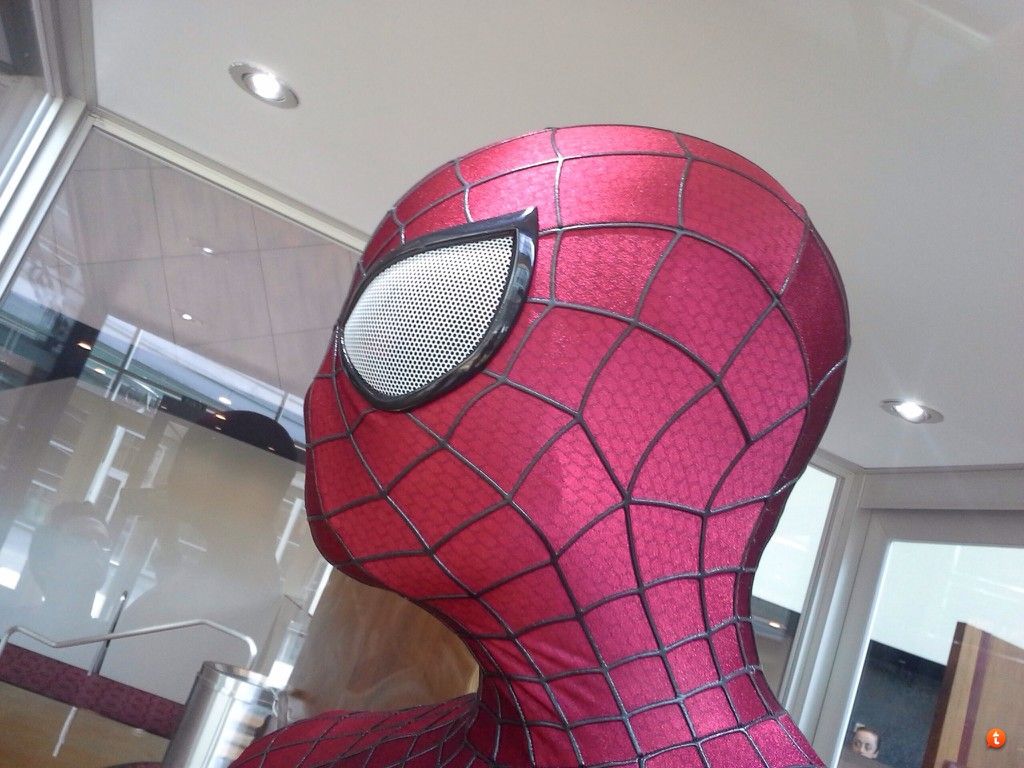3D printed aluminum strength
Aluminum for Industrial 3d Printing
Aluminum’s material characteristics make it ideal for many applications in many industries, for example aerospace and automotive.
EOS’ aluminum family of powders encompasses the AlSi10Mg, AlF357 and Al2139 AM alloys which are typical aluminum-silicon casting alloys. These powders are designed and tested for use on EOS’ metal 3D printers.
All EOS aluminum powders are shipped with an inspection certificate (according to EN 10204, Type 3.1) showing the results of the extensive QA testing not only of the powder itself, but also of test parts built on a dedicated system with a dedicated process.
EOS also offers a wide range of validated processes for each of the above materials. These offer the optimal combination of parameters (e.g. laser power, layer thickness, etc.) in order to ensure that the properties of the 3D printed part are consistently achieved.
Parts printed using EOS Aluminum AlSi10Mg offer good strength, hardness and dynamic properties as well as good thermal properties and low weight.
| Typical Part Properties | |
| Chemical composition in compliance with | AlSi10Mg |
| Ultimate Tensile Strength | 460 MPa |
| Yield Strength | 245 MPa |
| Elongation @ Break | 5 % |
EOS Aluminium AlSi10Mg Material Data Sheet
914,6 KB
Download
Source: Conflux | EOS
Conflux Heatexchanger built in aluminum
Parts printed using EOS Aluminum AlF357 offer a combination of low weight, corrosion resistance and high dynamic load bearing capacity.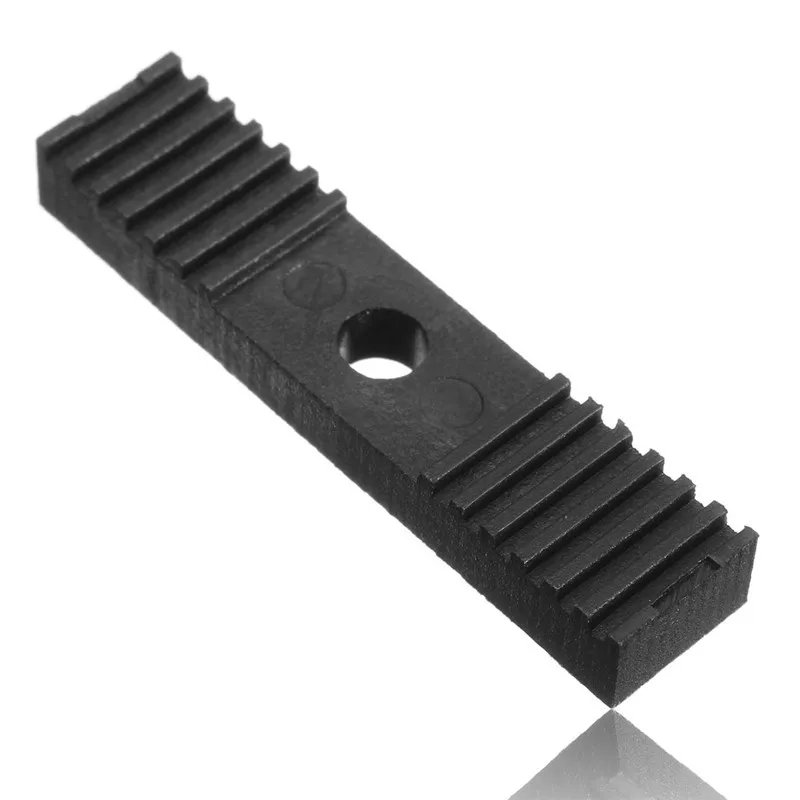
| Typical Part Properties | |
| Chemical composition in compliance with | AlSi7Mg0.6, SAE AMS 4289 |
| Ultimate Tensile Strength | 330 MPa |
| Yield Strength | 260 MPa |
| Elongation @ Break | 11 % |
EOS Aluminium AlF357 Material Data Sheet for EOS M 290 and EOS M 400
770,4 KB
Download
EOS Coral Heatsink in Aluminum
EOS Aluminum Al2139 AM is a 2000-series high strength alloy specifically designed for AM.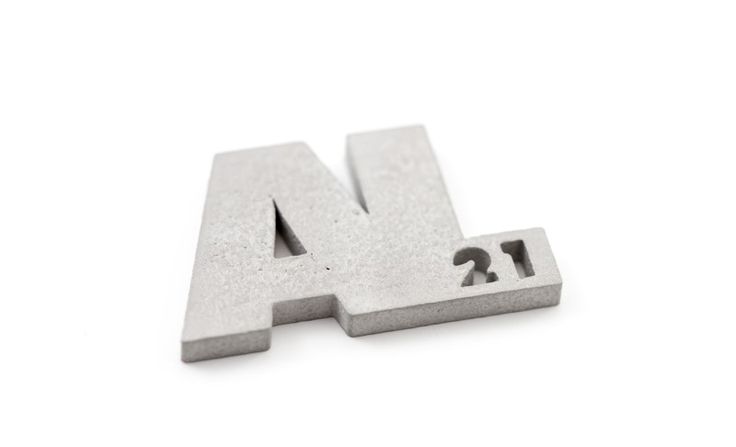 It demonstrates outstanding performance in elevated temperatures up to 200 °C. The fast and simple heat
It demonstrates outstanding performance in elevated temperatures up to 200 °C. The fast and simple heat
treatment procedure enables an affordable part production.
| Typical Part Properties(T4 heat treated state) | |
| Chemical composition | modified from Aluminum Association Teal Sheet for Al2139 |
| Ultimate Tensile Strength | 520 MPa |
| Yield Strength | 460 MPa |
| Elongation @ Break | 4 % |
EOS Aluminium Al2139 AM Material Data Sheet for EOS M 290
318,8 KB
Download
Source: AM Metals | EOS
Wheel Carrier with integrated cooled engine housing
-- loading .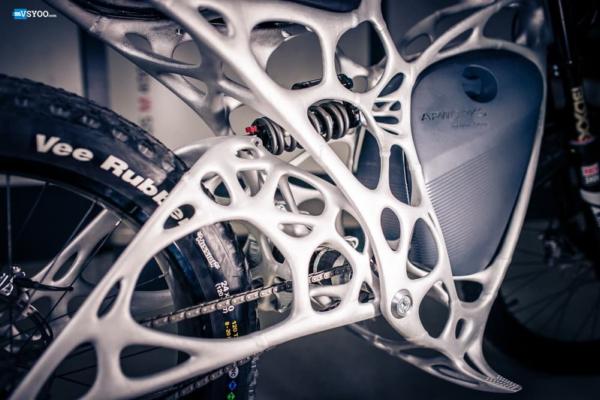 .. --
.. --
Be inspired. Stay up to date.
Join our Monthly Newsletter Now!
Shapeways: Aluminum (AlSi10Mg) 3D Printing
AlSi10Mg
Laser Powder Bed Fusion Metal (LPBF-M)
Upload a model
Loading contents...
Show menu
AlSi10Mg
Laser Powder Bed Fusion Metal (LPBF-M)
Upload a model
Material info
About Aluminum (AlSi10Mg) 3D Printing
Aluminum 3D printing material is both lightweight and strong, recommended for functional parts requiring durability, stiffness, and high accuracy. Aluminum 3D printing relies on Selective Laser Melting (SLM) technology. Aluminum or 3D printed aluminum (alloy AlSi10Mg, 10% Silicon 0.5% Mg) offers great corrosion resistance, making it an ideal material for outdoor applications, also providing high electrical and thermal conductivity. 3D printed aluminum can be machined, milled, and tapped too.
Color & Finishes
Technology
- Laser Powder Bed Fusion Metal (LPBF-M)
Technical Documents
Material Properties
Tensile strength (ASTM E8)
442 MPa ±6 MPa (XY), 417 MPa ±27 MPa (Z)
Elongation at break (ASTM E8)
9% ±1% (XY), 6% ±2% (Z)
Hardness (Vickers) (ASTM E384-11)
119 HV0.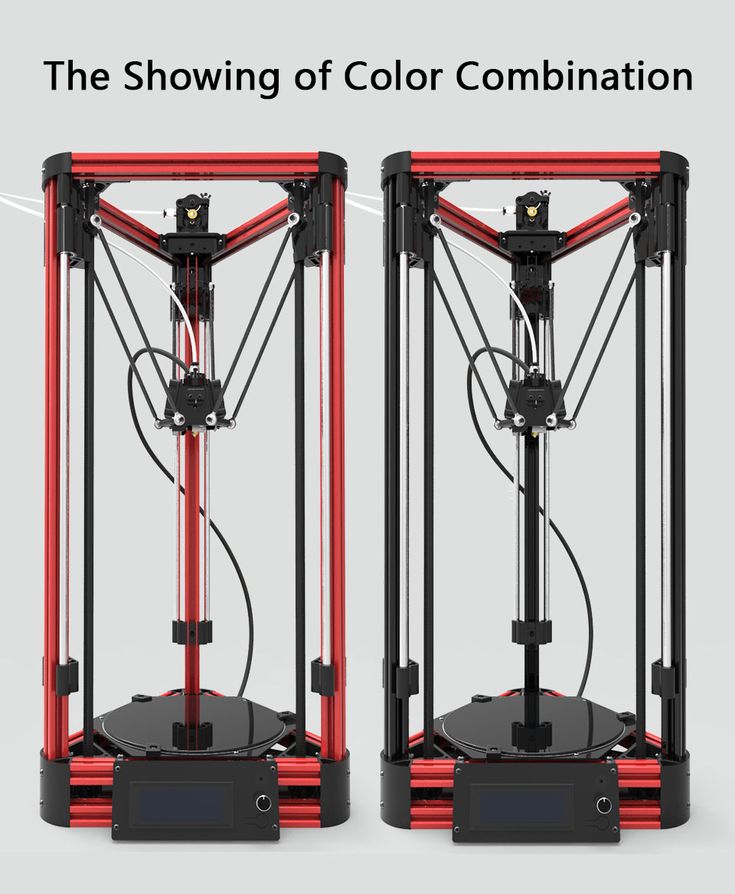 5 ±5 HV0.5 (XY), 123 HV0.5 ±2 HV0.5 (Z)
5 ±5 HV0.5 (XY), 123 HV0.5 ±2 HV0.5 (Z)
Surface roughness (Ra) (ISO 97)
5 µm to 9 µm (as built after bead blasting)
Description
Material Highlights
3D printed aluminum provides high strength & lightweight properties, good corrosion resistance, and high electrical & thermal conductivity.
Handling and Care
3D printed aluminum is skin-friendly, has good electrical conductivity, and is heatproof to 570c/1058f.
Design Guidelines
Bounding Box
Bounding Box Max
250 x 250 x 200 mm
Bounding Box Min
X + Y + Z > 30 mm
The bounding box is a 3D imaginary outline of a box that encloses the smallest area occupied by your model. Your model must be within the minimum and maximum bounding box sizes. If the size of the model is close to the maximum bounding box, then the printing orientation will be restricted.
Supported Wall Thickness Min
1. 0 mm
0 mm
Unsupported Wall Thickness Min
1.0 mm
A supported wall is connected at least on two sides of the wall, while an unsupported wall is connected only on one side of the wall. Walls that do not meet the minimum requirements may not survive printing and cleaning processes. Additionally, models may still be rejected based on the wall geometry of the model. Please consider the size of your model and reinforce the walls or add support structures as needed as minimum guidelines will not always be adequate for large models.
Supported Wires Min
1.5 mm
Unsupported Wires Min
1.5 mm
A wire is a circular, rectangular or even triangular feature that is thinner in its unconnected directions than its length. A supported wire is connected at least on two sides of the model, while an unsupported wire is connected on one side of the model.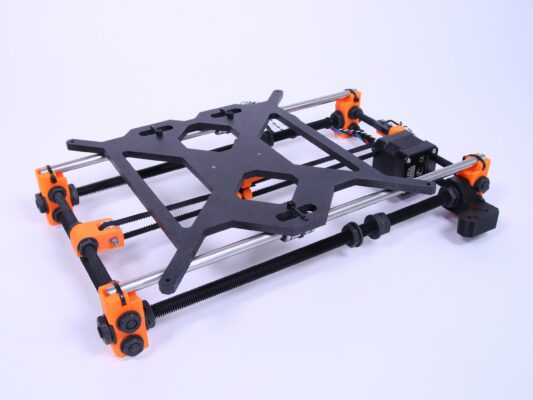 Wires that do not meet the minimum requirements may not survive printing and cleaning processes. Additionally, models may still be rejected based on the wire geometry of the model. Please consider the size of your model and reinforce the wires or add support structures as needed as minimum guidelines will not always be adequate for large models.
Wires that do not meet the minimum requirements may not survive printing and cleaning processes. Additionally, models may still be rejected based on the wire geometry of the model. Please consider the size of your model and reinforce the wires or add support structures as needed as minimum guidelines will not always be adequate for large models.
Details
Details Min Embossed
0.4 mm high & wide
0.5 mm high and 0.8 mm wide for readable text and clear
Details Min Engraved
0.4 mm high & wide
0.5 mm high and 1.0 mm wide for readable text and clear
For text, the ratio between width and depth, should be 1:1 and sans-serif fonts are preferred for line weight consistency.
Escape Holes
Single Escape Hole Diameter (Min)
4.0 mm
Multiple Escape Hole Diameter (Min)
2. 0 mm
0 mm
Escape holes are necessary to empty the support material of a hollow model. Two escape holes at the opposite ends of the model is optimal for the support removal process. Please consider the size of your model and make the escape holes bigger or add more escape holes as needed as minimum guidelines will not always be adequate for large models.
A single escape hole at the end of a cavity will not allow material in the corners near the escape hole to fully escape. So we recommend multiple escape holes at both ends of the cavity.
Clearance
Min
0.6 mm
Clearance is the space between two individual parts in a model. If the space among the individual parts do not meet the minimum clearance, then parts can fuse together or can be difficult to clean. This is important for movable pieces like hinges, gears, etc.
Interlocking & Enclosed Parts
Interlocking
Yes
Enclosed
No
Accuracy
Accuracy ± 0. 2 mm for 3D printed aluminum products under 10mm in all dimensions, ± 1.5% for 3D printed aluminum products over 10 mm in any dimension.
2 mm for 3D printed aluminum products under 10mm in all dimensions, ± 1.5% for 3D printed aluminum products over 10 mm in any dimension.
For example: a product with dimensions of 50 x 50 x 100 mm can be 0.015*100 mm = 1.5 mm bigger or smaller in any direction.
Stay up to date on promotions, case studies, and more.
Newsletter Sign up
Stay up to date on promotions, case studies, and more.
Email Address
A 3D printed aluminum cube can support 100 times its own weight
News
ProX 200
Dalon P. Liles, a Purdue University researcher and laboratory assistant and associate engineer at 3rd Dimension Industrial 3D Printing, has 3D printed an aluminum lattice structure that can support a weight far in excess of its own.
“We wanted to prove that we could design and print something like this,” Lyles explains. – I have long wanted to find a way to fill the space inside the implants, which will reduce their weight and at the same time maintain mechanical strength.In the course of my research, I came across information about metal foam and structural geometry. I dug a kluzhe, and then decided to test this theory in practice. Recently, the guys and I were looking for ways to strengthen ceramics by layering, but this project is more of my brainchild.”
To fabricate the lattice structure, Lyles used a 3D Systems ProX 200 3D printer and chose AlSi12 aluminum alloy. The result is a cube with an edge length of 24 mm and a weight of 3.9 kg. Lyles designed it himself, using SolidWorks.
“In fact, I came up with the shape and then reproduced it,” he says. “During the Christmas holidays, I will sit at home and come up with different options for lattice structures.”
To begin, Lyles and his team decided to evaluate the strength of a freshly printed aluminum cube. For this, an adult man weighing 75 kg stood on him. After several unsuccessful attempts to balance on such a small object (resulting in the collapse of the outer walls of the cube), he finally managed to stand upright.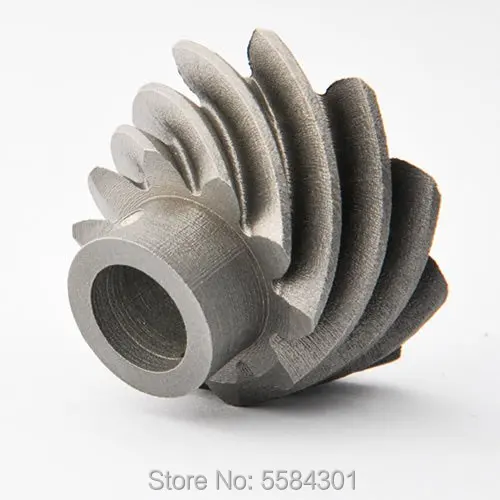 Lyles' development passed this test with honor.
Lyles' development passed this test with honor.
The researchers then decided to find out what the maximum weight the Lyles cube could support. They printed three more cubes and performed a crush test. As a result, it turned out that this baby can hold up to 408 kg! Not bad for a cube weighing only 3.9 kg, right? This means Lyles' lattice structure is capable of supporting 104.615 times its own weight. There is no doubt that this structure will find its way into design and architecture.
Broken lattice structure
Like it? Want more? All the most interesting in the weekly newsletter. Join now!
Selected news, contests and discussions in the official 3DToday group.
Article prepared for 3DToday.ru
Subscribe to the author
Subscribe
Don't want
1
Article comments
More interesting articles
6
Subscribe to the author
Subscribe
Don't want
Various industries, primarily aviation, require improved materials. ..
..
Read more
5
Subscribe to the author
Subscribe
Don't want
The Russian company Irwin, operating under the Magnum brand, went in a slightly unusual direction: ...
Read more
43
Subscribe author
Subscribe
Don't want
The release includes a new perimeter generator called Arachne, support for STEP format files,...
Read more
Experts recommend
Author: Semyon Popadiuk
Author: Semyon Popadiuk
SLM Solutions is a pioneer in metal 3D printing | A wide range of metals for 3D printing - from dentures to turbine blades | Aluminum alloys | Nickel alloys | Titanium alloys | Cobalt alloys | Tool and stainless steel | copper alloys
SLM Solutions is a pioneer in metal 3D printing
Headquartered in Lübeck, Germany, SLM Solutions is a leading developer of metal additive manufacturing technologies.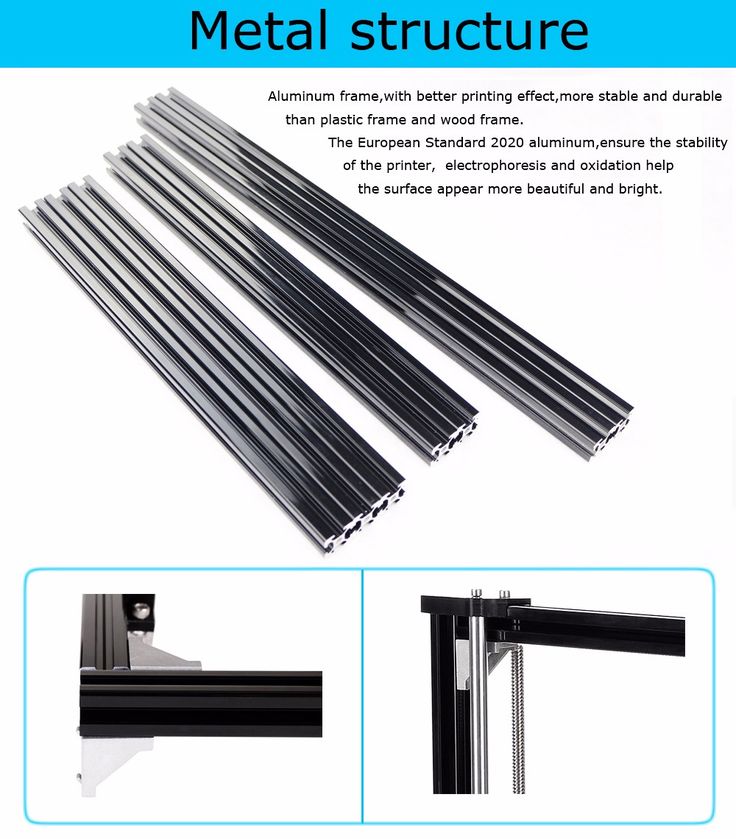 The company's shares are listed on the first level of the Frankfurt Stock Exchange. The main activity of SLM Solutions is the development, assembly and sale of equipment and integrated system solutions in the field of selective laser melting (Selective Laser Melting, SLM).
The company's shares are listed on the first level of the Frankfurt Stock Exchange. The main activity of SLM Solutions is the development, assembly and sale of equipment and integrated system solutions in the field of selective laser melting (Selective Laser Melting, SLM).
The properties of the resulting product are highly dependent on the properties of the metal powder used in SLM printers, such as purity, flow and bulk density. Therefore, since 2016, SLM Solutions has been actively working in the metal powder industry to provide customers with materials that are ideal for use in SLM printers for specific applications.
Wide range of 3D printing metals from dentures to turbine blades
Customers across a wide range of industries use SLM Solutions 3D printers to produce complex parts in everything from dentures to turbine blades. All these products have one thing in common: they must meet the highest requirements in terms of stability, surface structure or biocompatibility. At the same time, the number of use cases is constantly growing, since the product can have almost any geometry.
At the same time, the number of use cases is constantly growing, since the product can have almost any geometry.
Aerospace
This air inlet made of titanium is produced with high precision without the need for any serious finishing
Automotive
It only takes two days to get a flexible design to real-time testing of a similar shaft flange
Mechanical engineering
Pump impellers made of aluminum and stainless steel with optimized mold geometry produced without casting costs
Energy
Stainless steel impellers - innovative building blocks for decentralized energy systems
Dental prostheses
Custom brackets and palatal plates are produced after 3D scanning, no need for a dental impression or casting
Medical technology
The freedom to design individual titanium implants for each patient ensures their best survival
Universities and research centers
Today, engineers find new solutions to the problems of traditional production almost every day.
Aluminum alloys
In reviewing the metal powders developed by SLM Solutions, we will start with an aluminum-based alloy that is widely used in additive manufacturing to make functional parts and prototypes. The AlSi10Mg alloy is often used in industries where good mechanical properties and low weight are required: in the aerospace and automotive industries, mechanical engineering, and the production of heat exchange devices.
AlSi12 is an aluminum based alloy optimized for use in SLM Solutions' additive plants. The AlSi12 alloy is particularly well suited for applications requiring excellent thermal conductivity and resistance to deformation.
AlSi7Mg0.6 is an aluminum-based alloy often used in applications where excellent thermal conductivity, good corrosion resistance and deformation resistance are required. It is used in the automotive and aerospace industries, for prototyping, as well as in scientific research.
AlSi9Cu3 is an aluminium-silicon-copper based alloy with low density, good high temperature strength and corrosion resistance. Perfect for SLM technology.
Nickel alloys
Nickel Alloy NX from SLM Solutions is an alloy with a high content of chromium, molybdenum and iron. It is suitable for high temperature applications in corrosive environments such as energy, chemical, aerospace, turbine parts. The alloy is characterized by high strength, high creep resistance (up to 850 °C), good ductility and excellent oxidation resistance at high temperatures.
IN625 is a nickel based chromium, molybdenum and niobium PH alloy. It has high strength, good ductility, excellent creep and tear resistance up to 700 °C. A typical application for IN625 is aircraft engine components with operating temperatures up to 650°C.
Turbine blade with internal conformal cooling channels improving jet engine performance
IN718 is a nickel-chromium based PH alloy. With excellent tear resistance, fatigue and creep resistance at temperatures up to 700°C, IN718 alloy plays an important role in the manufacture of components for aircraft engines, turbines (including gas) and other high-temperature applications.
With excellent tear resistance, fatigue and creep resistance at temperatures up to 700°C, IN718 alloy plays an important role in the manufacture of components for aircraft engines, turbines (including gas) and other high-temperature applications.
IN939 is a high alloy containing chromium, cobalt, titanium, tungsten, aluminium, tantalum and niobium. Due to its good mechanical properties at high temperatures, IN939 is widely used in the creation of turbine components. Features of the material - high strength, good ductility, excellent corrosion resistance.
Titanium alloys
Titanium Alloy Ti6Al4V ELI Grade 23 from SLM Solutions is a high purity variation of Ti6Al4V Grade 5, the world's most widely used titanium-based alloy. Due to its high strength, low density, and good corrosion resistance, Ti6Al4V alloy is well suited for the production of parts in the aerospace, automotive, energy, and biomedical industries.
Titanium Alloy Ti Gd.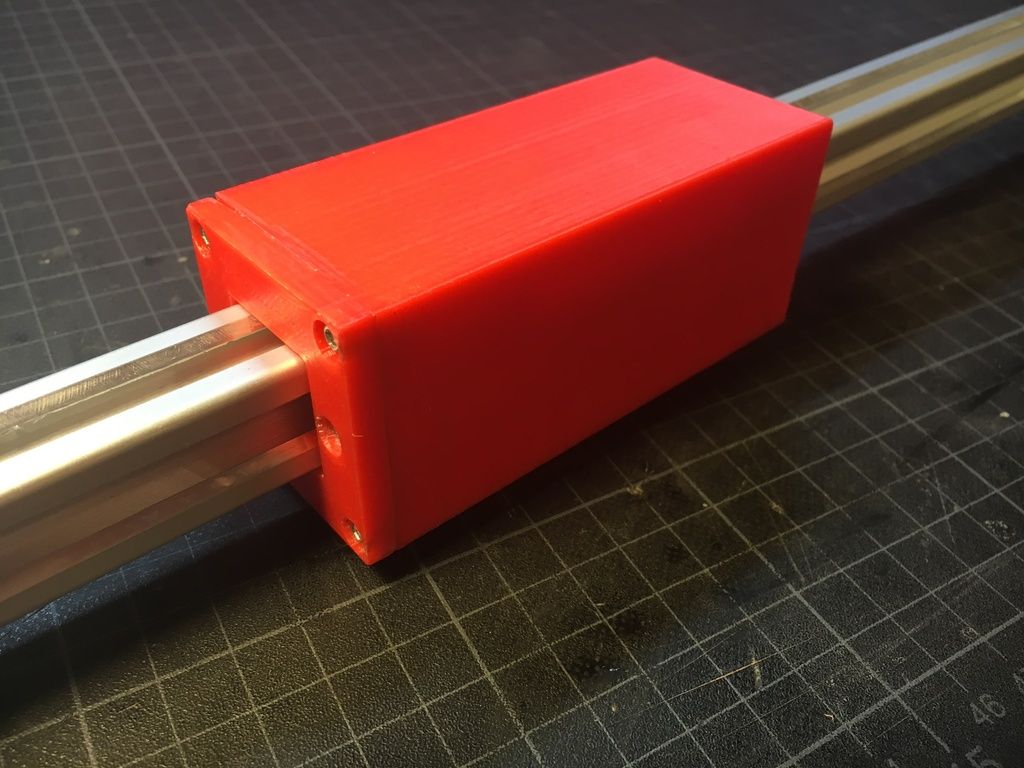 II is a commercial grade titanium with excellent biocompatibility and good mechanical properties. This alloy is widely used in a variety of applications where excellent corrosion resistance, strength, ductility and low density are required, such as medicine, power generation, chemical and petrochemical industries, and aerospace.<
II is a commercial grade titanium with excellent biocompatibility and good mechanical properties. This alloy is widely used in a variety of applications where excellent corrosion resistance, strength, ductility and low density are required, such as medicine, power generation, chemical and petrochemical industries, and aerospace.<
Brake caliper for Bugatti supercars made of titanium on SLM Solutions additive machine
Cobalt alloys
CoCr28Mo6 is an alloy of cobalt, chromium and molybdenum that is used in a variety of applications. With increased biocompatibility, it is used in medicine for the production of implants and prostheses. This material is also suitable for the production of components intended for use in high temperature environments, such as jet engine parts.
SLM MediDent is an alloy of cobalt, chromium, molybdenum and tungsten specifically designed for dental applications. This alloy is mainly used for the production of biocompatible dental implants and prostheses.
Mold inserts with conformal cooling channels (Gardena AG)
Tool and stainless steel
Stainless steel 316L is an austenitic high chromium steel that is great for SLM Solutions 3D printers. 316L steel is often used in applications where good mechanical properties and excellent corrosion resistance are required, such as chloride environments such as surgical instrument manufacturing, shipbuilding, aerospace, automotive, and food industries.
15-5PH is a martensitic PH steel that is excellent for use in SLM Solutions equipment. 15-5PH steel is characterized by high strength and hardness combined with medium corrosion resistance. This material is a ferrite-free version of the 17-4PH alloy. Typical applications for 15-5PH are aerospace, chemical, petrochemical, paper, metalworking, and medical applications.
Stainless steel 17-4PH is a martensitic PH steel. It is suitable where high strength and hardness combined with medium corrosion resistance are required.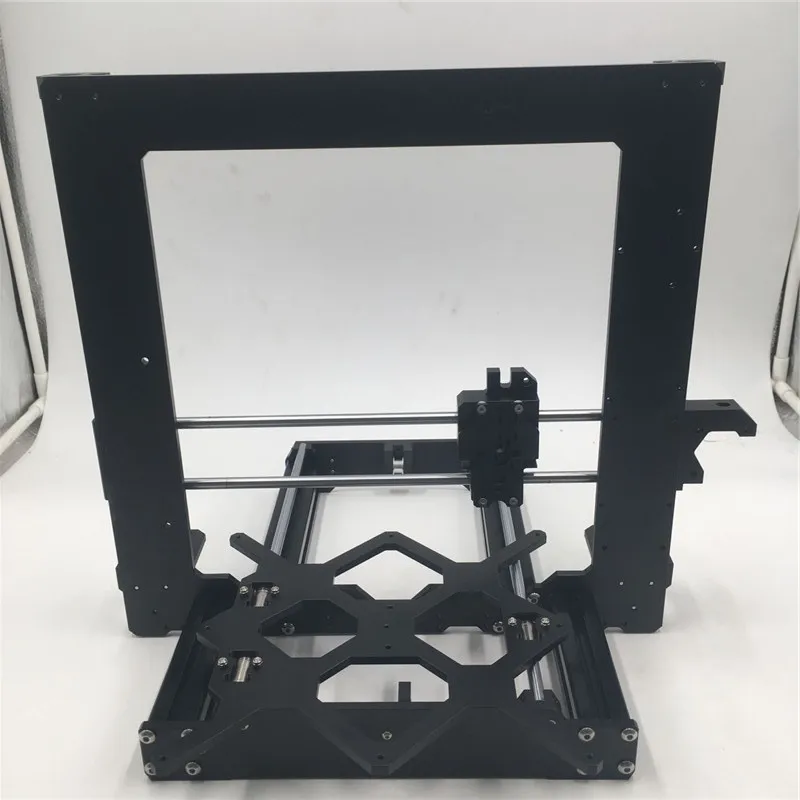
1.2709 is a maraging tool steel with a high nickel and molybdenum alloy content. 1.2709 steel finds a variety of applications in the tool industry and other critical applications where high strength and stiffness are required.
1.2344 Martensitic tool steel with chromium content. Also known as h23, this grade of steel is used in the tool industry and die casting for applications requiring exceptional strength and rigidity.
Alloy Invar 36® is a high nickel steel that has an exceptionally low coefficient of thermal expansion at temperatures below the Curie point of 280°C. Invar 36® is used to create components that require high dimensional stability over a wide temperature range, such as engine valves and precision tools.
Copper alloys
Bronze CuSn10 is an alloy of copper and tin with high tensile strength and medium hardness. It has good wear resistance, atmospheric corrosion resistance and seawater cavitation resistance.



